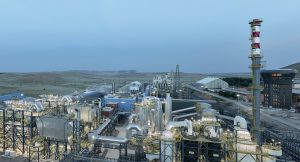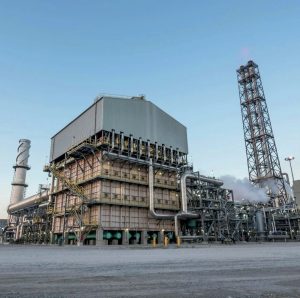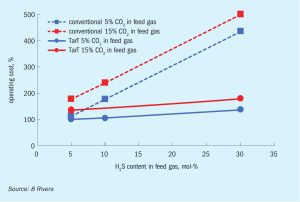
Government looking to emulate Indonesia?
The Philippine government is looking to follow Indonesia’s success in attracting downstream investment by banning the export of nickel ore. The Philippine Congress could ratify a bill banning raw mineral exports as early as June. The ban would come into force five years after approval to give miners time to build downstream processing plants. This development could potentially lead to higher nickel prices in the medium term if there is a delay to building domestic capacity and the Indonesian government becomes serious about restraining ore availability.








